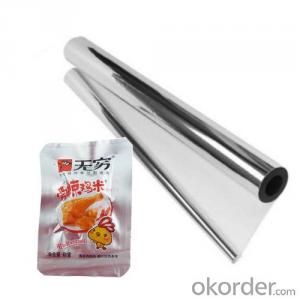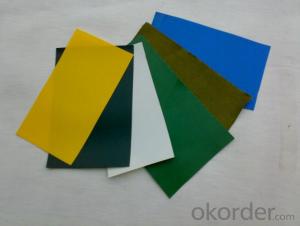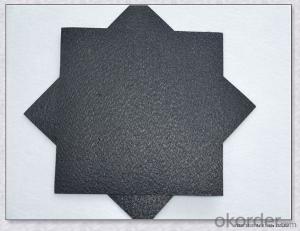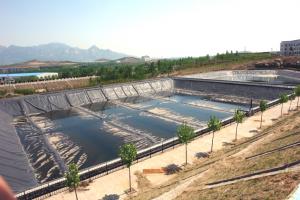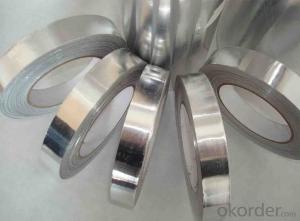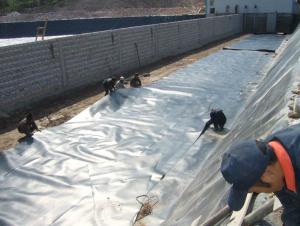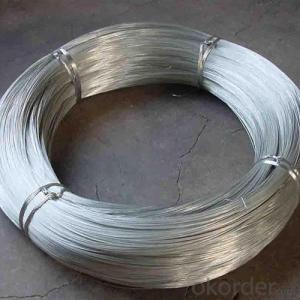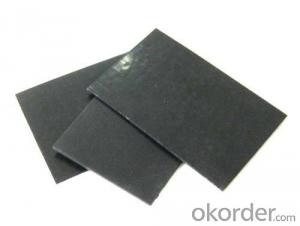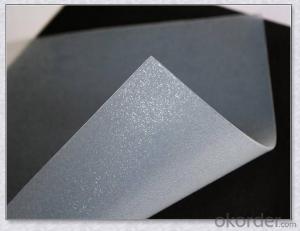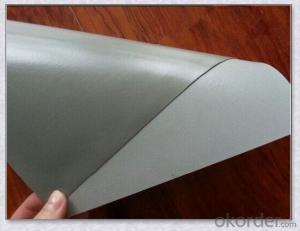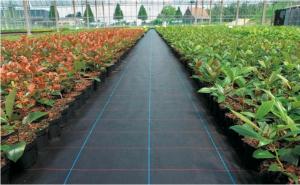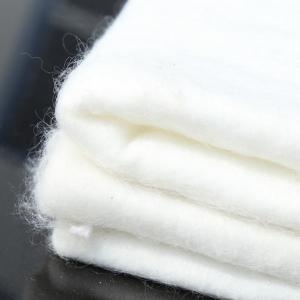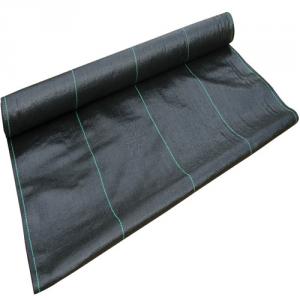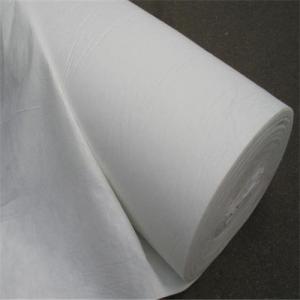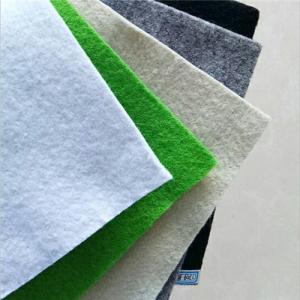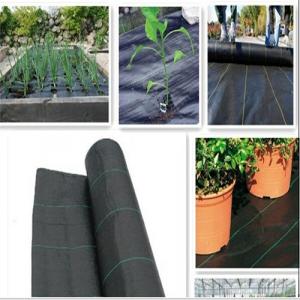Geomembrane Roll
Geomembrane Roll Related Searches
Geomembrane In Hdpe Geomembrane In Pakistan Pvc Geomembrane Liner Pvc Geomembrane Institute Hdpe Geomembrane Machine Geomembrane Machine Waterproof Concrete Blocks Waterproof Mdf Panels Waterproof Paper Plastic GeomembraneHot Searches
Cheap High Tea Sets For Sale High Density Fiberboard For Sale Used Finger Joint Machine For Sale Pancake Making Machine For Sale Bbq Machine For Sale Aeration Machine For Sale Used Metal Folding Chairs For Sale Large Metal Containers For Sale Metal Shop Cabinets For Sale Metal Shipping Crates For Sale High Mast Light Price List Solar High Mast Light Specification High Mast Tower Price Philips High Mast Lighting Price List Bajaj High Mast Lighting Price List High Mast Light Specification High Mast Tower Specification High Pressure Laminate Supplier Philippines High Mast Lighting Suppliers South Africa High Pressure Laminate Manufacturers EuropeGeomembrane Roll Supplier & Manufacturer from China
Okorder.com is a professional Geomembrane Roll supplier & manufacturer, offers integrated one-stop services including real-time quoting and online cargo tracking. We are funded by CNBM Group, a Fortune 500 enterprise and the largest Geomembrane Roll firm in China.Hot Products
FAQ
- Concrete platform this time to water conservation?
- I can specialize in the production of geotextile materials
- Geotextiles provide load support in unpaved roads by distributing the load from vehicles more evenly across the road surface, preventing the formation of ruts and reducing the amount of settlement. They also help in stabilizing the subgrade by acting as a separation layer between the subgrade soil and the overlying base material, preventing the mixing and migration of fine particles. Additionally, geotextiles improve the overall strength and stability of the road by enhancing its resistance to deformation and improving its load-carrying capacity.
- There are several different installation methods for geotextiles, including direct placement, overlay, and confinement. Direct placement involves simply placing the geotextile directly on the ground or subgrade. Overlay installation involves placing the geotextile on top of another material, such as soil or aggregate, to provide separation or filtration. Confinement installation involves enclosing the geotextile within a structure, such as a retaining wall or gabion, to provide reinforcement or erosion control. The choice of installation method depends on the specific application and desired functionality of the geotextile.
- Geotextiles are tested for permeability using standard laboratory methods, such as the constant head or falling head permeability tests. These tests involve measuring the flow of water through the geotextile under controlled conditions, allowing engineers to determine its permeability and suitability for various applications.
- Why lay the geotextile cloth after the gravel cushion
- To prevent the upper and lower gravel, soil and concrete mixed between.
- Geotextile filter layer set which quota
- Filter cloth, monofilament filter cloth, polypropylene filter cloth, nylon green monofilament
- Yes, geotextiles can be used for the reinforcement of paved surfaces. Geotextiles are often used as a separation or stabilization layer between the subgrade and the paving material. They help to distribute the load and prevent the mixing of different layers, enhancing the overall structural integrity and performance of the paved surface.
- The installation guidelines for geotextiles in reinforcement projects typically involve preparing the subgrade, ensuring proper overlap and anchoring, and following specific placement techniques. The subgrade should be properly compacted and free from any debris or sharp objects. The geotextile should be installed with sufficient overlap to ensure continuous coverage, and should be securely anchored to prevent movement. Special care should be taken during placement to avoid wrinkles, folds, or damage to the geotextile. Overall, following manufacturer's recommendations and industry best practices is crucial for successful installation of geotextiles in reinforcement projects.




